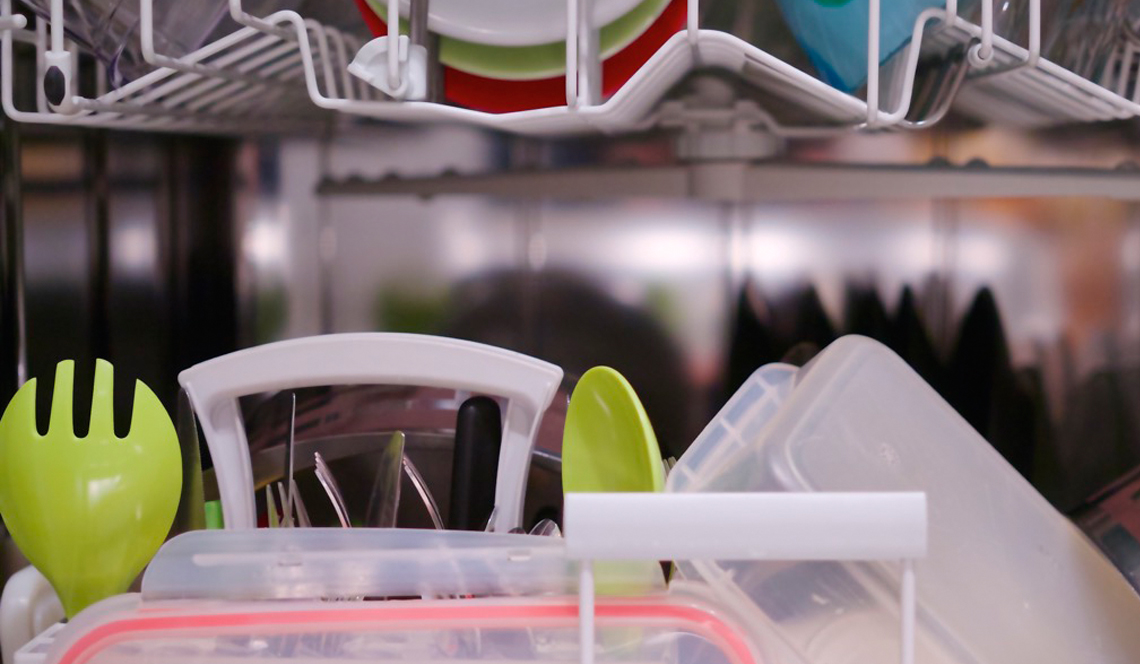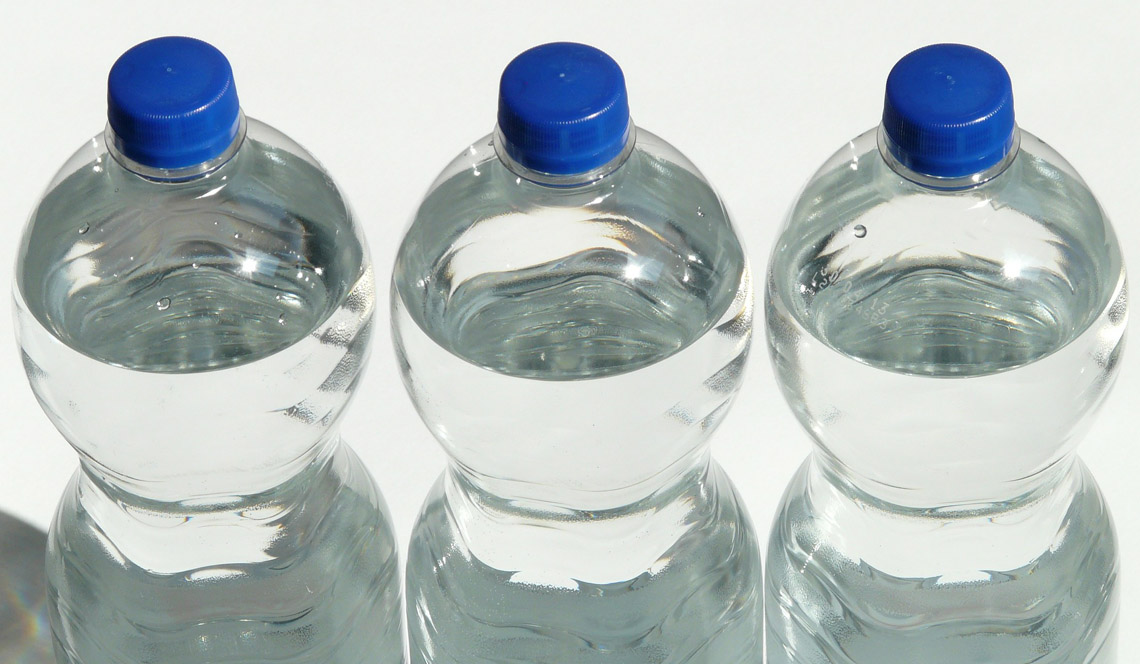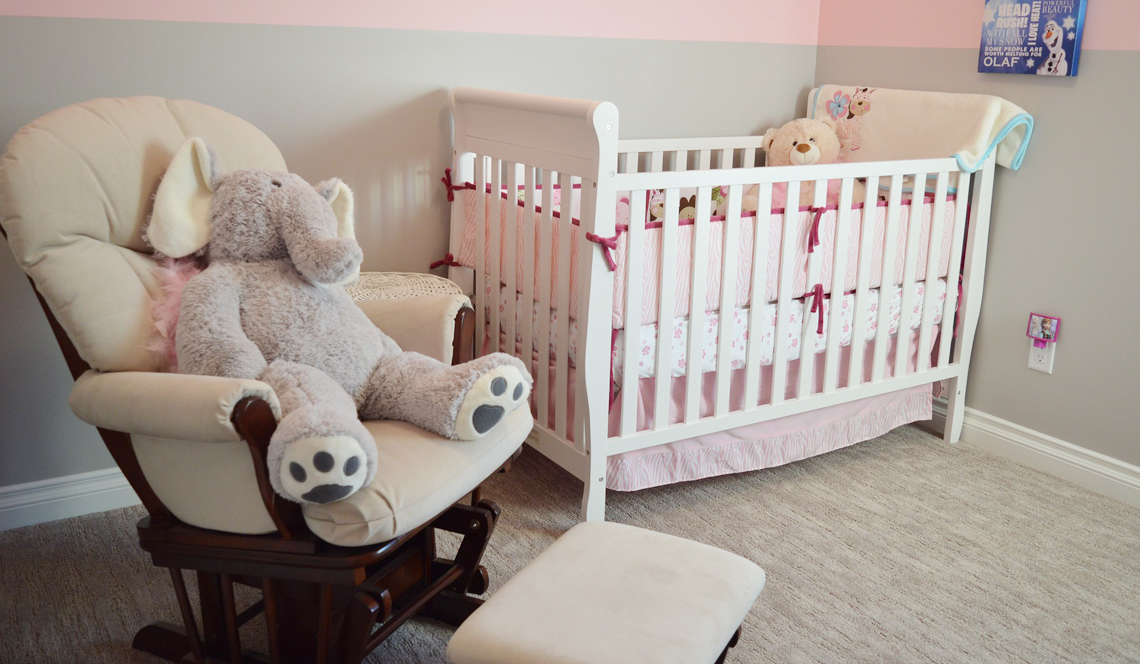Chemicals leaching into my food from plastic containers and messing with my hormones – um, yeah, no, I don’t want any part of that. I’m guessing you don’t either, so I wanted to dig a little deeper to find out the best ways to easily go BPA free (and now BPS free) as much as possible.
Disclaimer: Please note that some of the links in this post are affiliate links and I will earn a commission if you purchase through those links. I recommend these products because they are products that I personally use or companies that I have found trustworthy.
I logically know that it is downright impossible to avoid all of the harmful chemicals that are out there these days, but like most people, I am going to try to do my best to at least stay away from the major harmful players. One of those major players is Bisphenol A, or more commonly known as BPA. Over the last several years the news has gotten scary about the possible places that BPA is lurking and how this chemical is affecting our bodies.
First, What is BPA?
BPA is an industrial chemical that has been around since the 1960s, to mainly make polycarbonate (a clear, rigid plastic) and epoxy resins (industrial coatings and adhesives). This is all fine and well, but now researchers are discovering that the products that are made with BPA, mainly food containers and liners, can leach out the BPA into our food. So, what’s the big deal?
The big deal comes from all of the adverse health risks that these chemicals can do to our bodies. BPA acts like a synthetic estrogen in our bodies and can disrupt the endocrine system. The endocrine system is a group of glands that produce hormones that control your tissue and sexual functions, metabolism, development, growth, sleep, mood, and reproduction functions. Because the BPA, even in tiny amounts, disrupts the endocrine system, a whole host of errors can occur. BPA has been linked to infertility, obesity, cancer (including breast and reproductive system), diabetes, early puberty in children, resistance to chemotherapy drugs and treatments, and a wide range of behavioral changes.
I don’t know about you, but I am going to do my best to avoid any of those things happening to me or my family. Some manufacturers thought the same thing, problem is, they replaced BPA with BPS, Bisphenol S. Researchers are now finding out that BPS behaves a whole lot like our good friend BPA by throwing off our natural signaling of estrogen, disrupting the endocrine system – not good.
So, what is a sane individual to do without disrupting every inch of her life? Look for the easy ways to avoid and replace.
Three Easy Ways to Go BPA Free (and BPS Free)
1. Choose BPA Free Cans, Boxes or Glass Food and Containers
BPA is found extensively in the linings of canned food. Lessening the amount of canned foods you eat (and canned baby formula you buy) can help reduce your exposure. Fresh or frozen is best, but you can also buy food and formula that is packaged in glass, waxed cardboard, or food grade metal containers.
If canned food is your only option or the easiest and best option at the moment, look for foods labeled BPA-free. Several main stream brands that are common in most supermarkets include Amy’s, Annie’s Homegrown, Earth’s Best Organic, Health Valley, Health Valley Organic, and Muir Glen. Check your local store for the brands that are carried and either email the company directly asking what they use to line their cans (BPA and/or BPS), or you can also do a search on the Environmental Working Group’s Food Scores website to search individual products.
2. Choose BPA Free Plastic And Never Heat It
If you’ve ever really looked at a plastic bottle or container, you will usually be able to find the recycling number in the triangle somewhere around the bottom of the product. Food containers labeled with “PC” for polycarbonate or #7 are the worst offenders. Better numbers are #1, #2, #4, and #5, but still, be wary. You don’t know what other chemicals are used in the making of any plastics.
You also want to make sure that you are not reusing or heating plastic containers, even if they say BPA-free. Don’t store plastic bottles of water or otherwise in your car, don’t microwave food in plastic, and don’t put plastic containers in the dishwasher.
Storing and heating your water and food in ceramic, glass and/or stainless steel are much better options.
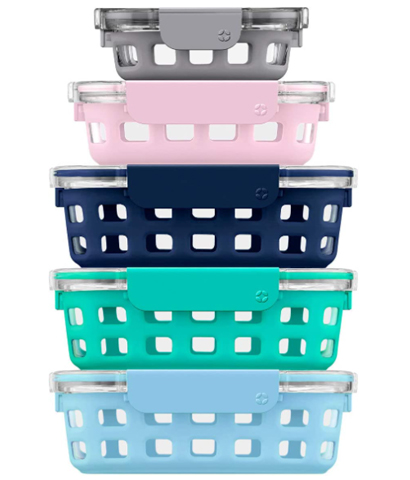
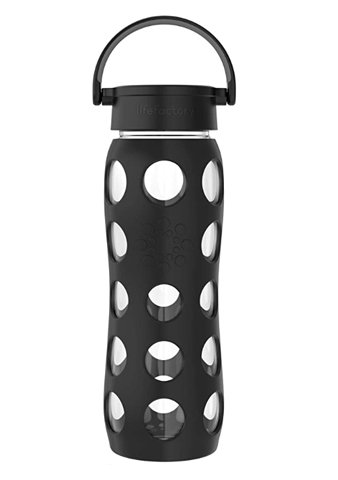
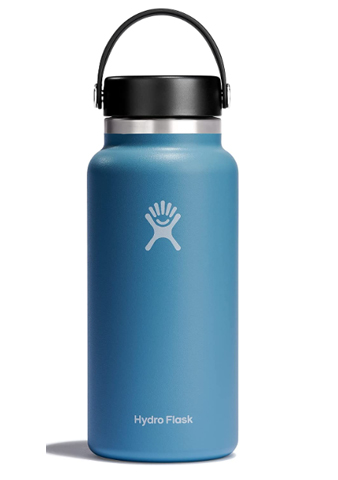
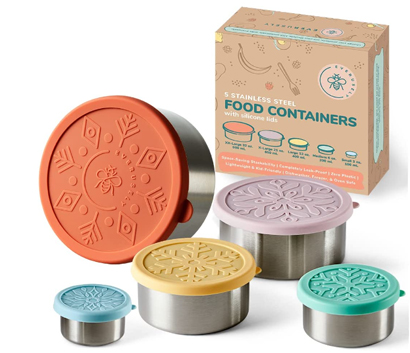
A
3. Avoid store receipts
Believe it or not, store receipts are coated with BPA. You can easily touch a dozen receipts in a day if you are on a good shopping roll, so when you are at the checkout, take the option to have the receipts emailed to you, or have the checkout person put it in the bag. Remove it from the bag when you get home and take a picture of it for your records, throw it away and wash your hands immediately afterwards.
So there you have it, a short run-down of BPA and BPS and the easiest ways to avoid them. I’ve already made these modifications to my daily life, and it really wasn’t that bad or very expensive. A cheap and easy way to be a little bit more BPA free is a win-win in my book.
Check out my post How to Avoid Phthalates for more information on avoiding toxic chemicals in your everyday products.

